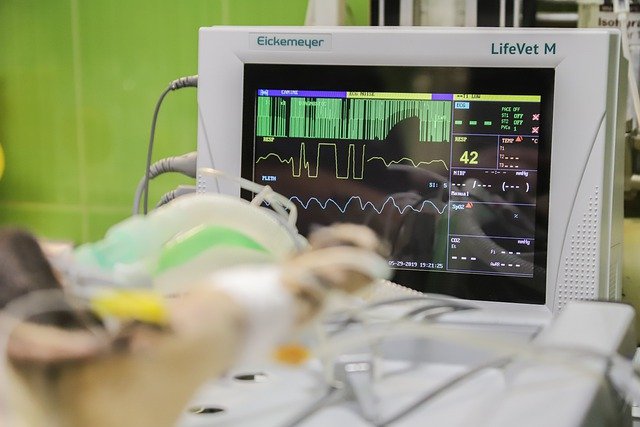When it comes to innovations in healthcare technology, the line between futuristic impossibility and real-world advancement can be thin. Over the past decade, the healthcare world has made strides into near-science fiction. We now have exoskeletons that can allow the paralyzed to walk, VR programs that help med students practice patient interactions before ever stepping foot in a treatment room, and telemedicine resources that can help rural patients find specialized care without ever leaving their remote towns. The healthcare tech industry hesitates on the edge of a new age of innovative care, and investors need only reach out to provide that final creative push into the future. This task won’t necessarily be easy; the unique logistical quirks associated with the healthcare industry demand inventive solutions for every variation of stakeholder, from administrators to providers and patients. Some returns will be monetary — but the more impactful ones will unfurl over years of careful investment and cultivation, ushering in a new standard of tech-based care.
In 2017, digital healthcare companies received a lofty $9.1 billion in venture funding, over double the amount brought in just two years before. Interest in healthcare tech has skyrocketed accordingly, prompting investors to support the development of new health-tracking wearables and care coordination apps for widespread consumption. Some creative investors have even turned their eyes away from consumer-facing products and started pouring resource into formerly niche research fields such as gene therapy, knowing that the progress they facilitate could revolutionize how doctors treat chronic — or seemingly incurable — diseases. The overarching theme of today’s investing trends is optimism: a belief that by embracing technology and innovation, private equity firms and venture capitalists today have an opportunity to revolutionize how healthcare is delivered and proactively create solutions that can increase a patient’s quality of life, health, and longevity.
For investors, however, optimism is best taken with a grain of salt. Technology might stand to revolutionize the way providers and institutions deliver treatment — but healthcare has never been a field that readily adopts large-scale changes. As former FDA commissioner Robert Califf wryly remarked to Bloomberg during an interview on the subject, “At times, Silicon Valley people are very naive about the complexity of healthcare. It’s going to be a lot harder than they think.”
The issue at hand is this: even if Silicon Valley engineers deliver an app that can help hospitals shorten patient processing time and improve efficiency tenfold directly into administrators’ hands, they probably won’t use it. When it comes to healthcare, having helpful tools isn’t the same as having a framework to use helpful tools. Take the fax machine as an example. In nearly every other field, the fax machine has been summarily dismissed as cumbersome and outdated, replaced by more efficient modern devices. But in most doctor’s offices and hospitals, fax machines continue to chug along, undeterred by all attempts to modernize. Today, some estimate that faxes still account for as much as 75% of all office communications.
The main problem here isn’t that better technology doesn’t exist, or even that medical communications and records aren’t digitized — they are. The problem is that there is no incentive to make a digital sharing framework profitable. Transmitting digital content from one care provider to another is simple enough if the two use the same digital health management system. However, if the two institutions use different structures, sharing data becomes much harder. Competing management systems don’t want to give up their proprietary data for the sake of a user’s collaborative ease; volunteering that information might help their competition. Digital sharing makes poor business sense for management systems — so the fax machine compensates for the disconnect by remaining firmly in place.
Investors face similar assimilative hurdles across the market, from cybersecurity concerns to insurance agreements to government approval. It isn’t enough to have new tools in hand; healthcare clients need to have a framework in place that can incorporate innovation without falling into usage disconnects like the one outlined above. By pouring resources into transformative companies that fill unmet — or even upcoming — medical needs, investors stand to spark positive changes on a global stage. However, enthusiastic innovation must be tempered by practicality, or else healthcare’s journey into the future will be hindered by the most banal and understated of traps: logistics.






